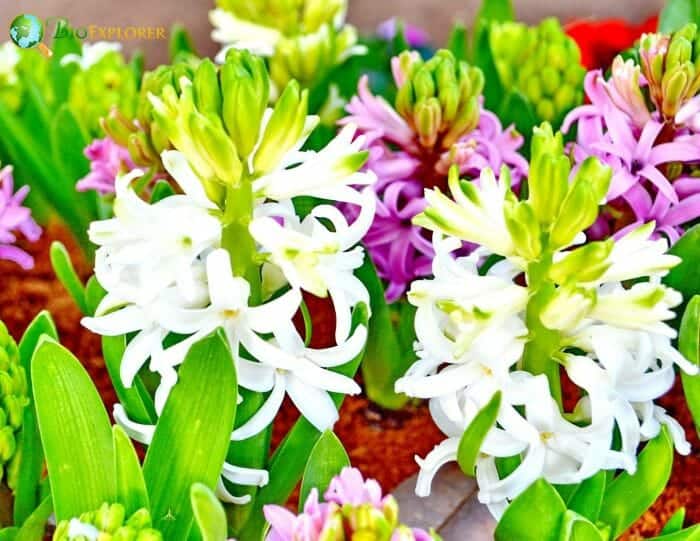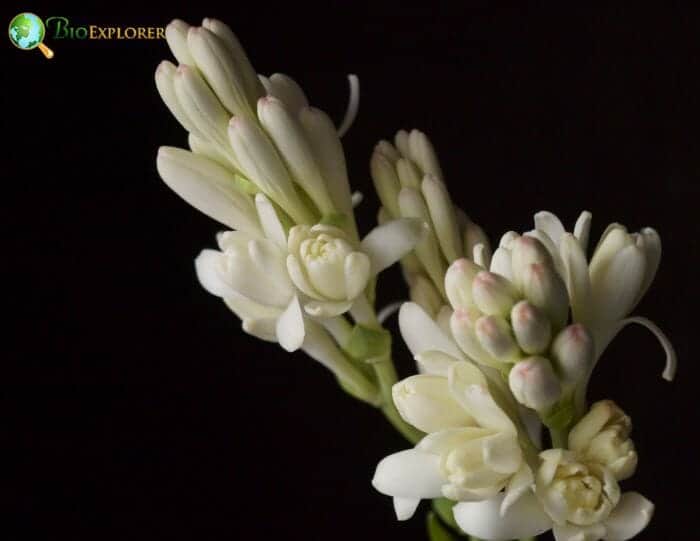
Polianthes tuberosa, commonly known as tuberose, is possibly native to Mexico. It’s considered iconic and has a long cultural history dating back to pre-Columbian times.

Polianthes tuberosa, now known as Agave amica, is a perennial in the Asparagaceae (asparagus) family. The Agave genus (Agavaceae) includes about 200 species[1].

Tuberose is a highly fragrant flower, creamy-white flower native to Mexico. Its rich, heady scent intensifies at night, making it a favorite for perfumes and ceremonial uses. Tuberoses were cultivated by the Aztecs and prized for their intoxicating aroma.
The Spanish took tuberose to Europe, where it became associated with love and passion. Even today, tuberose is heavily used in traditional Mexican events like weddings and religious festivals. The flower symbolizes sensuality, purity, and celebration and thrives best in warm, sunny Mexican fields where it originally evolved.
It grows from a tuberous-rooted rhizomeWhat is rhizome?An underground stem, with nodes and short to elongate internodes. and is well-known for the highly intense aroma from its funnel-shaped waxy white flowers, which appear in elongated spikes on the 30-inch-tall flowers until late summer.
The grassy basal green leaves up to 18 inches long-form a tuft of grassy foliage. Tuberose is a well-known commercial cut flower.











